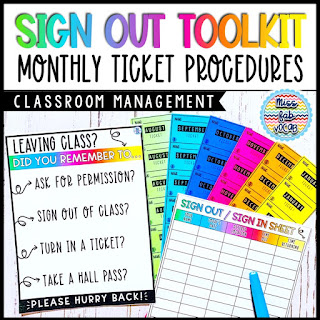 |
| Notes From Parents to Their Children |
The Confidence Gap
We've all been there- it's test day (with ample advanced notice!) and several students seem to go into panic mode, or just before their group presentation, a student seems to lose all faith in their material.
It's disheartening to see how quickly our students lose their confidence, so I became determined to find a quick way to bolster their emotions in these times of trouble! As I saw my desk littered with pictures of my husband and doggo, it dawned on me that we all need a little bit of “home” throughout our day, so I whipped up these "home grown encouragement" notes for parents to write to their kids! The social-emotional component is so important, especially these days! Kids need these reminders about confidence and motivation, particularly from the people who care most about them!
 |
| Home Grown Encouragement Notes |
Keep Them Connected to Home
I teach 7th graders, and even though they're teens(-ish), they still enjoy some positive-parent-love! With these personalized notes, parents write words of encouragement to their child in the way they see fit, then I privately slip the notes to students when they appear to need an emotional boost. It was awesome to watch as they peaked at their messages, smiled, and then slipped them into their binder pocket and got back to work. Sometimes, a bit of home is all we need!
So now that I know these notes of encouragement work in middle school, at the beginning of the year, I offer parents several copies to fill out during “Back To School Night”. The parents really appreciate this effort and love getting to write positive notes to their kids! I explain the goal and before they leave, I collect and keep the notes secretly stashed for the right moments! Parents often complete more than 5 notes apiece… and so many ask for more copies to take home and stash around their house! What a win! Then as the year carried on, when I saw a student was having a bad day or just needing a quick pick-me-up, I would slide one of their personal notes onto their desk and let them find it! For the kiddos whose parents do not fill out any notes, I always make extras for me to complete instead!
Do your students ever need a moment to calm their nerves before a test, presentation, or try-out? Or even an extra push to keep going when taking a difficult test or learning a new unit? These parent-notes are a quick way to make students smile and bolster their confidence when they need some extra emotional support!
Check out the resource in my Teachers Pay Teachers Store!











